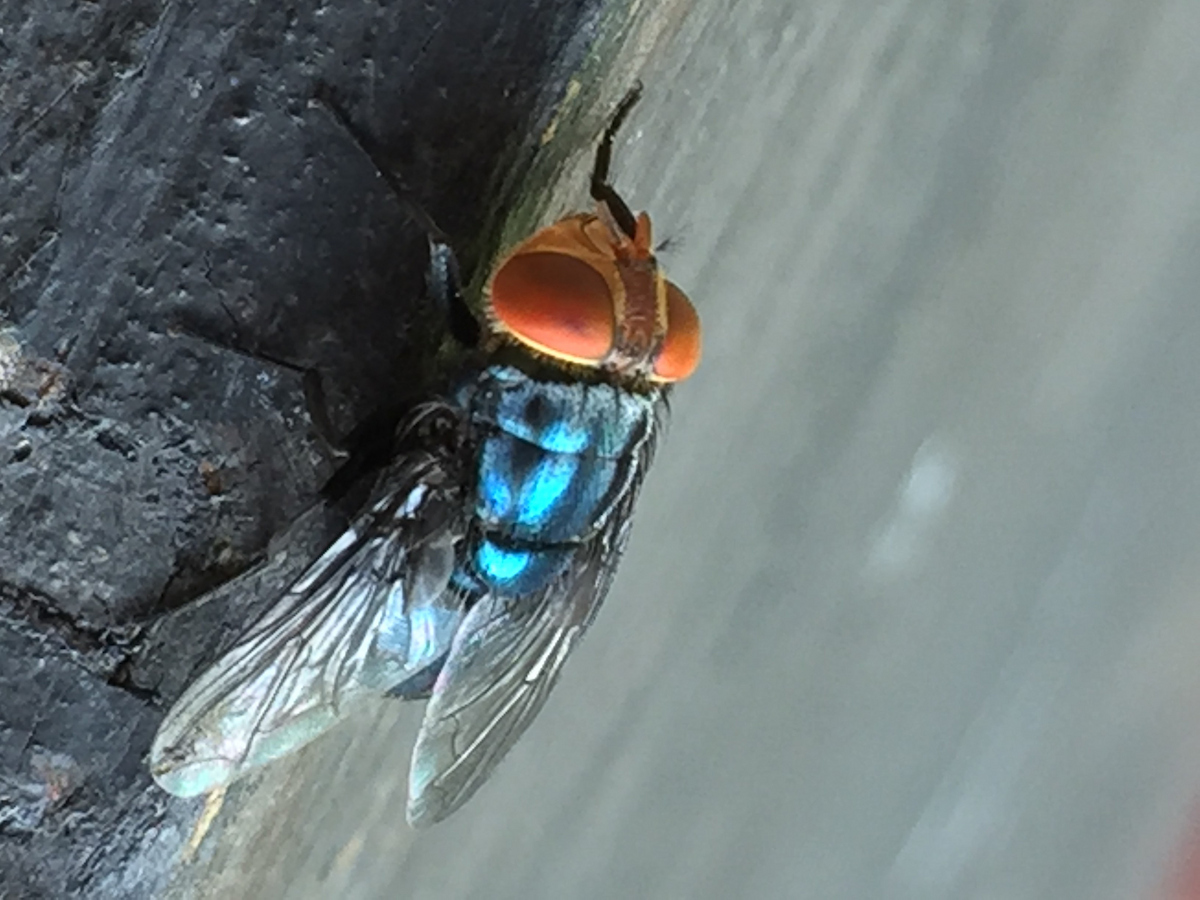Hunters, landowners critical to monitoring New World screwworm
AgriLife Extension’s Coastal Bend symposium provided updates, resources for white-tailed deer management
With the lingering threat of New World screwworm advancement, attendees of the recent Coastal Bend White-tailed Deer Symposium were provided with information and resources needed to help monitor the threat.

More than 100 landowners and wildlife managers came together to learn more about emerging issues in wildlife management and new techniques to enhance white-tailed deer herds at the Coastal Bend White-tailed Deer Symposium hosted by the Texas A&M AgriLife Extension Service in Robstown.
The symposium leading up to the fall white-tailed deer hunting season was an AgriLife Extension county agent-driven event involving 10 counties and significant wildlife industry and stakeholder involvement.
Philip Shackelford, Ph.D., AgriLife Extension regional program leader, College Station, said that while wildlife tax valuation and other information were of particular interest among many attendees, New World screwworm was at the forefront of everyone’s mind.
“AgriLife Extension’s role is to serve as an educator, and we, along with our partners, work to convey timely, factual information about New World screwworm and other threats facing our wildlife resources,” Shackleford said. “We certainly don’t want those issues to emerge here.”
New World screwworm updates
White-tailed deer hunting in Texas is big business, with an economic output of $9.6 billion.
Blaise Korzekwa, Texas Parks and Wildlife Department white-tailed deer program leader, said for 2024-2025, Texas had 753,000 white-tailed deer hunters and 837,000 deer harvested.
Hunter surveillance will be a key resource in identifying and reporting possible New World screwworm infestations in Texas, Korzekwa said.
“We advise hunters to utilize game cameras and report any deer with suspicious wounds to a Texas Parks and Wildlife Department biologist,” he said.
The female New World screwworm fly lays its eggs on an open wound, and the larvae burrow into the wound, feeding on live flesh, for approximately one week, Korzekwa explained. These wounds can result in rapid health decline and even death in untreated animals.
Susceptibility to New World screwworm infestation varies by sex and season because of behavioral changes that increase the likelihood of injury in animals, he said.
For example, during the fall rut, bucks are more likely to experience open wounds from fights, leaving them more susceptible to infestation. During the spring and summer fawning season, an outbreak would have a bigger impact on fawn and doe survival.
Both AgriLife Extension and the Texas Parks and Wildlife Department have New World screwworm educational resources available.
“The program was a success due to the commitment of local AgriLife Extension agents coming together to support the effort,” said Donnie Montemayor, AgriLife Extension district administrator, Corpus Christi. “The investment and involvement of industry and state wildlife resource agencies are of great value to this initiative.”





